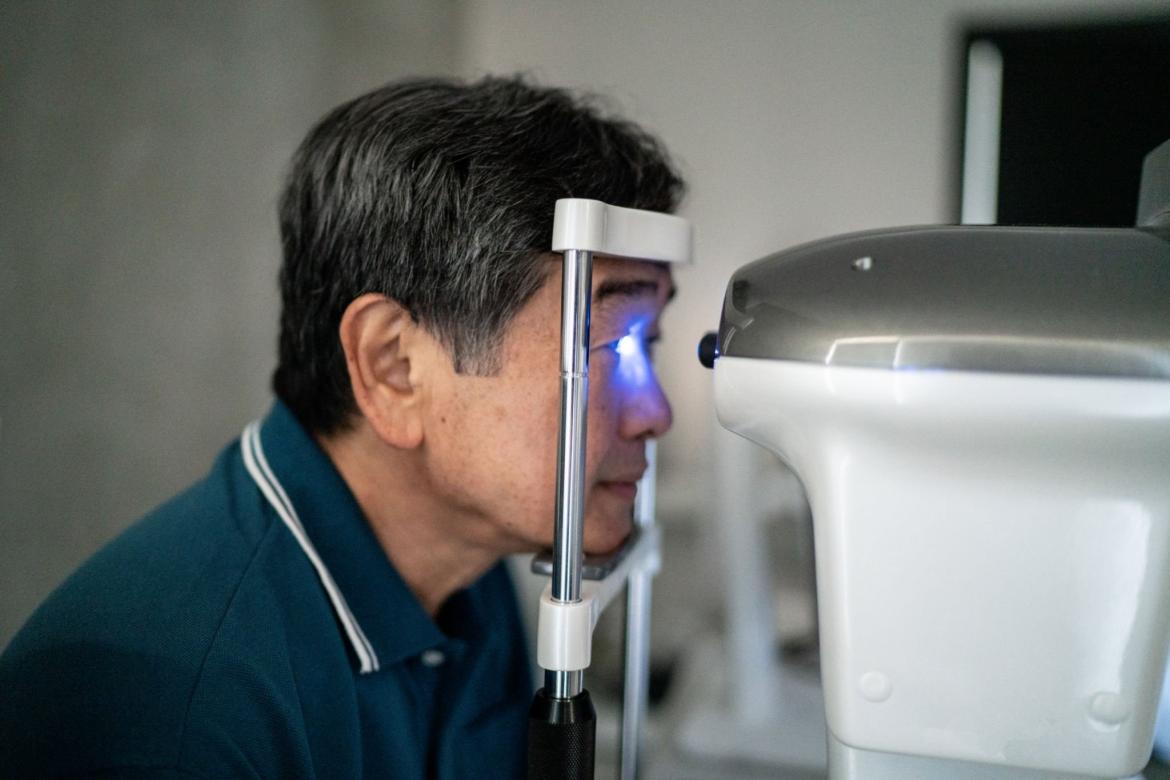Do you Still Need to Wear Glasses After Cataract Eye Surgery?

A cataract is the clouding of the eye’s natural lens, resulting in blurred vision. It is treated with cataract surgery, involving the removal of the cataract and insertion of an artificial, intraocular lens, to restore vision to its original crispness and clarity.
When discussing cataract surgery with my patients, which I do on a daily basis, the topic of glasses following surgery is important to address. While it is common to achieve spectacle independence for distance activities, it is harder to do so for near activities (eg reading). This is because most artificial intraocular lenses do not have the same range of vision as our natural lenses did when we were younger; they are best suited for one focal distance, which can either be set for distance, near or something in between.
Often people are keen to explore options to reduce their dependence on glasses for near activities. There are several options to consider, but it is important to recognise each has their pros and cons, and so it is important to pick the right choice which would suit a person’s individual lifestyle and visual needs.
One common option is to have both eyes focused for distance, so that they see well without glasses for distance activities (eg driving, golf) and need a pair of glasses for reading. Many people are happy with this arrangement.
Another option is to have both lenses focused for near, so that each eye sees near without glasses, but needs glasses for distance. Some people who have been short sighted their whole lives, and are happy wearing glasses for seeing in the distance, like this plan.
A third option is to have one eye focused for distance, and the other eye focused for near: this is known as “monovision”. This sounds strange but actually is very successful for many people. Not everyone is suited to this arrangement, and so it is important to see your Optometrist to trial this arrangement with contact lenses prior to the cataract surgery. While avoiding the inconvenience of taking glasses on and off for reading, it does place more strain on each eye if there is extensive reading or distance viewing – that is why for people who read a lot, or those who desire crisp vision in either eye for distance (eg for seeing at the theatre), it may not be suitable. Also – both eyes must be in good working order; if one eye has a problem of the macula, cornea or other issue, then this approach might not work.
A fourth option, a multifocal intraocular lens, which have been available for decades, offer the opportunity to see distance, intermediate and near ranges simultaneously. That sounds great, but this lens is associated with other problems such as glare, haloes, sparkles around lights and reduced contrast. This might be intolerable for some, but for the right person, these visual problems are insignificant compared the satisfaction of reduced dependence on spectacles for near vision.
A fifth option, the newest and probably the best option, is the recently available Extended Depth of Focus (EDOF) intraocular lens. In some ways this is similar to the traditional multifocal lens: EDOF lenses allow a large range of vision for distance and intermediate activities (but glasses still might be required for very close activities and fine print reading). However by their clever design they achieve this without all the visual problems of multifocal lenses – they are as well tolerated as regular intraocular lenses.
Finally, it should be noted that all of the lens choices available allow full correction of astigmatism, which is the key to spectacle independence for distance activities.
If you need cataract surgery and wish to discuss your options further, feel free to make an appointment to see me.